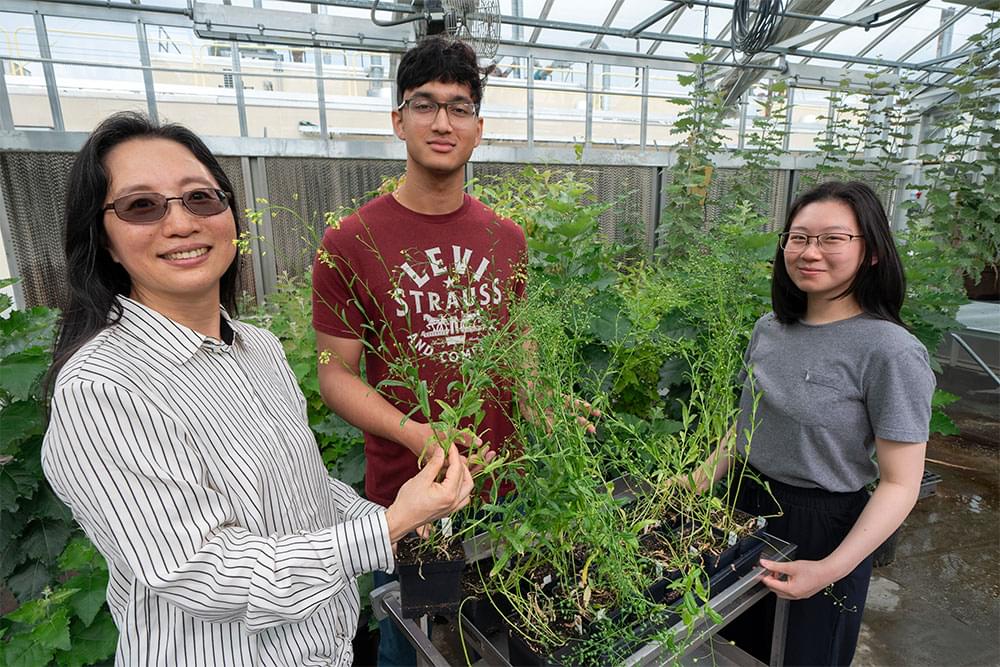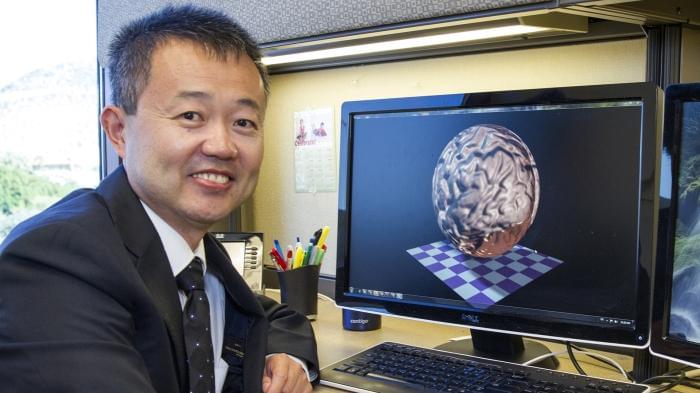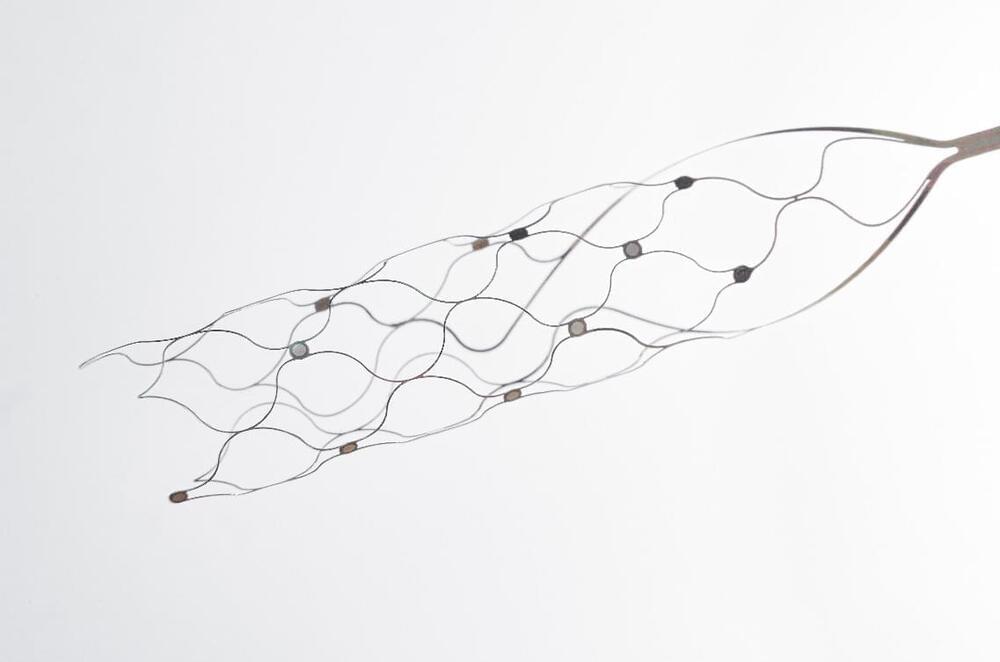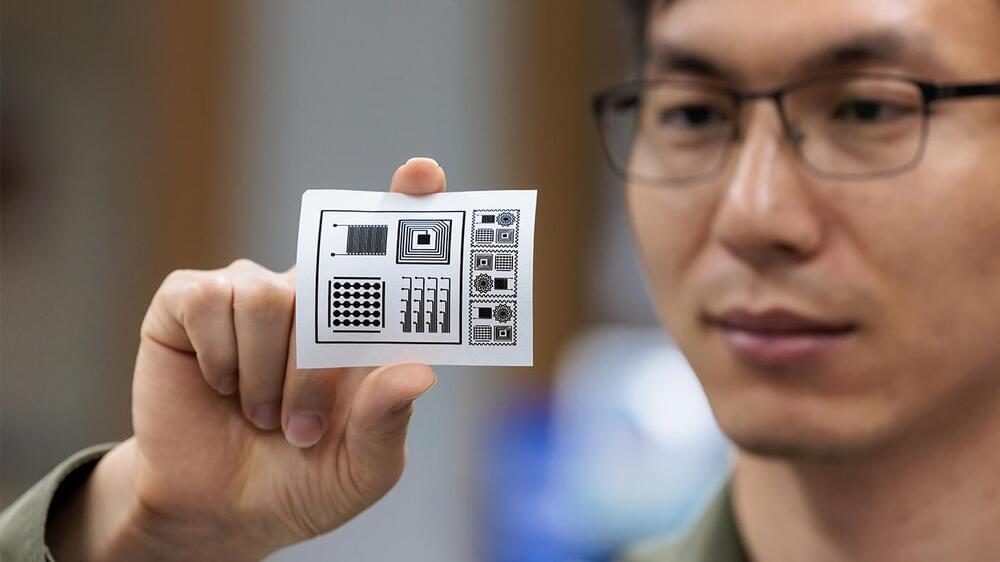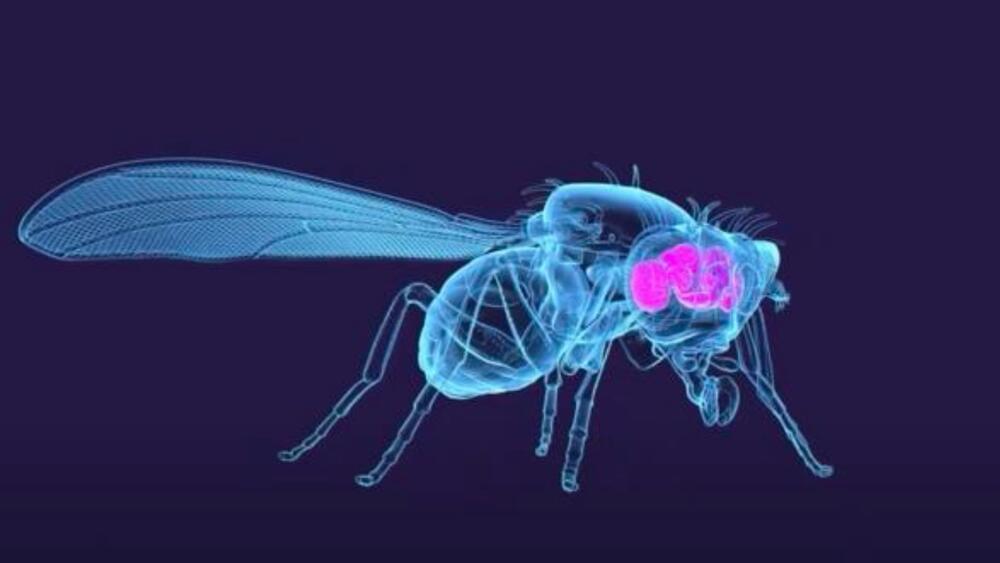Oct 3, 2024
Vision loss: Is gene therapy the answer?
Posted by Shubham Ghosh Roy in categories: biotech/medical, genetics, health
Diseases that affect the retina, the light-sensitive layer at the back of the eye, are a significant cause of visual impairment and blindness. Gene therapy holds promise for treating some of these conditions, and current research advances may soon shift the therapeutic landscape for eye health. However, many obstacles remain in place, as this Special Feature discusses.
Gene therapy uses genetic material, either DNA or RNA, to treat or prevent the progression of a disease. It often involves the introduction of genetic material into a person’s cells to replace a defective or missing gene.
Although early attempts at gene therapy have been effective in achieving the expression of the therapeutic gene in the target tissue, they have also been accompanied by severe adverse effects.


